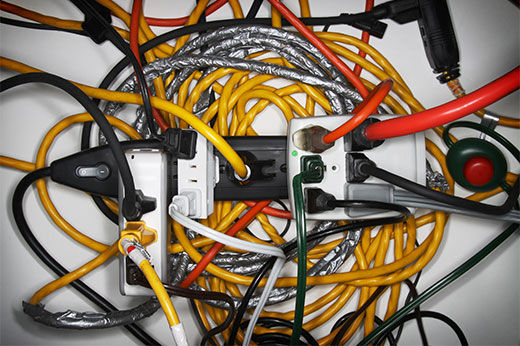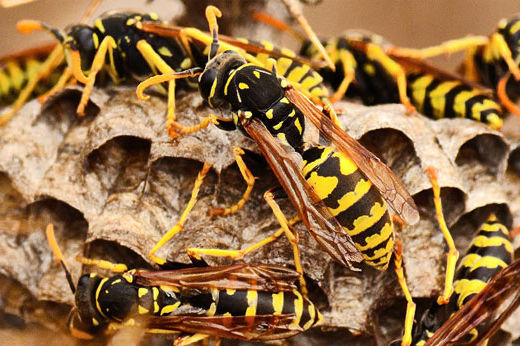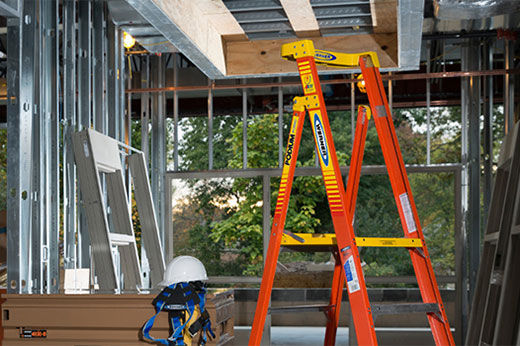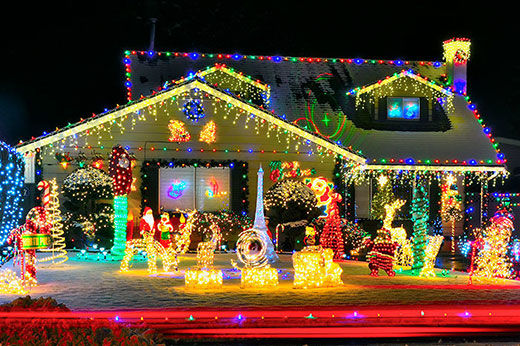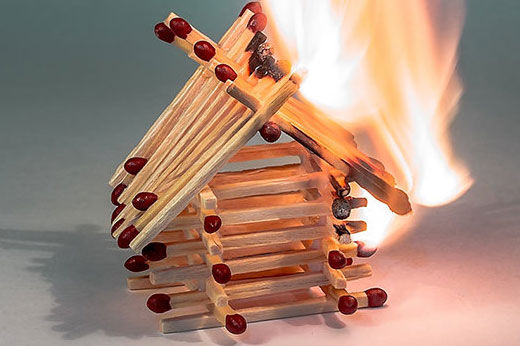Kitchen Fire Safety
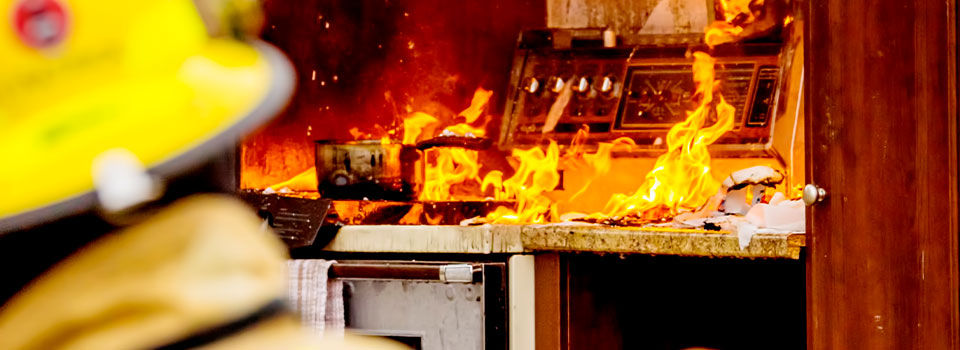
With nearly 200,000 cooking fires a year in the US alone, it’s clear that the kitchen remains one of the biggest safety risks in the home. Yet there’s no reason that cooking can’t be relaxing and safe with a few rules and the right equipment. The key to preventing kitchen fires is controlling the flame source and keeping flammable materials out of reach. If your appliances are working correctly and you have the right early warning system, minor grease or oven fires are nothing more than nuisances. Of course, the number one rule of kitchen fire safety is never leaving food unattended, even when using timers or reminders. But there’s more you must do to keep your kitchen a safe place to work and gather.
Add a Fire Extinguisher and Set Reminders to Replace It
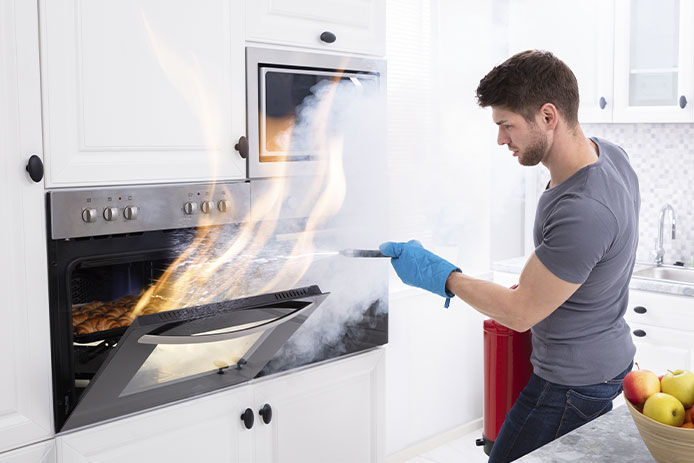
Fire extinguishers are essential in at least the kitchen. One well-maintained residential fire extinguisher is sufficient to control a stovetop or oven fire, giving you time to prevent property damage and save lives. But fire extinguishers have a limited lifespan and go bad eventually. Either buy a rechargeable model and take it to a nearby public safety center once every few years or replace a more inexpensive model every few years. Ensure you have some type of automated reminder or visual indicator to keep the extinguisher up to date.
Unplug Appliances

For the best guarantee that a toaster oven or electric griddle isn’t continuing to heat, unplug it. Don’t rely on visual indicators like lights or switches alone. Hardwired appliances like ovens and stoves are generally safe to keep plugged in since it's much easier to tell if they’re switched on. But small appliances like countertop kettles start thousands of fires per year because they've been accidentally left plugged in and running.
Install More Smoke Alarms

One smoke alarm isn’t enough in the kitchen. You need at least two, so there’s a battery-powered model for power outages and a hard-wired unit to back it up. With cooking fires being the leading cause of fire-related deaths in the home, it’s worth the effort to have extra smoke alarms in the kitchen. Avoid placing any of them directly over the stovetop since the heat and cooking fumes can set it off accidentally. Instead, place them along all the walls around the kitchen so that smoke wafting in any direction has a chance of immediately hitting a sensor.
Practice Good Cooking Habits

Don’t leave food unattended, especially when frying, steaming, boiling, broiling, grilling, or sauteing. If you are baking or using another device designed to shut off after cooking, use multiple timers and reminders to ensure the food is not forgotten. Don’t fall asleep or cook when sleepy, which is a complication in most fatal cooking fires. Check for flammable materials around open flames and electric heating elements like food residue, curtains, wallpaper, and take-out menus. Clean grease and food residue out of appliances regularly, whether they have open flames or electric heating elements. Both types of appliances will run better and pose far less fire risk with just a monthly cleaning.
Prepare for a Flare-Up
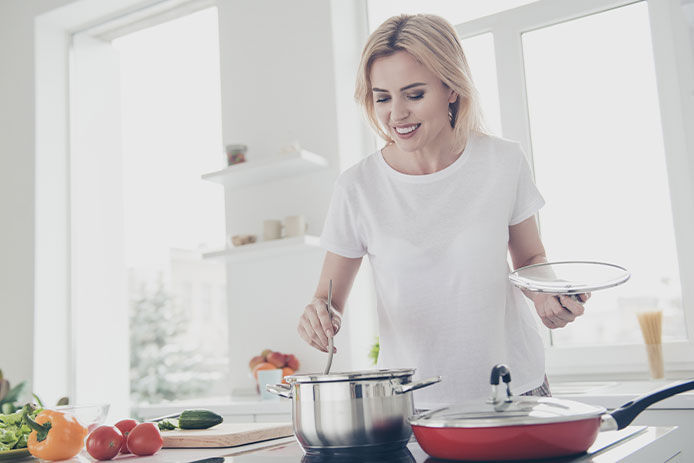
Keep tight-fitting and heat-proof lids for all the pans and appliances you use to smother out flames that appear. If you suspect or confirm an oven fire, keep the door closed to smother it and turn the heat off to allow it to die down on its own. Opening an oven door to try and use an extinguisher on a small oven fire will usually turn it into a bigger one rather than contain it. Always try to cut off oxygen first before trying any other method of fire suppression. Avoid throwing water on any flame in the kitchen. It’s a dangerous way to cause hot oil to splatter and spread flame further, or it has a chance to short out electric appliances and create more fire risk. Use extinguishers rated for kitchen use or flour as a last resort.
With a little planning and some extra care during cooking, your kitchen can be as safe as the rest of your home. Don’t let a cooking fire cause smoke or structural damage. Prevent these fires by maintaining your appliances well and installing multiple smoke detectors.
While do-it-yourself projects can be fun and fulfilling, there is always a potential for personal injury or property damage. We strongly suggest that any project beyond your abilities be left to licensed professionals such as electricians, plumbers, and carpenters. Any action you take upon the information on this website is strictly at your own risk, and we assume no responsibility or liability for the contents of this article.
